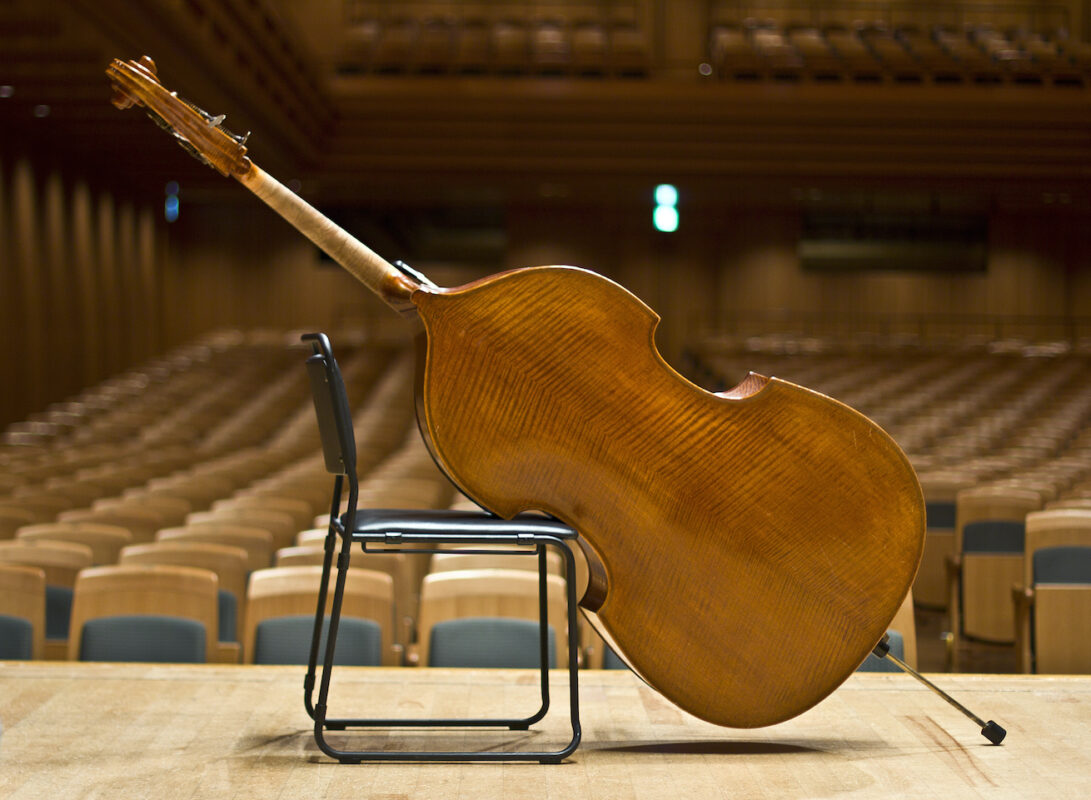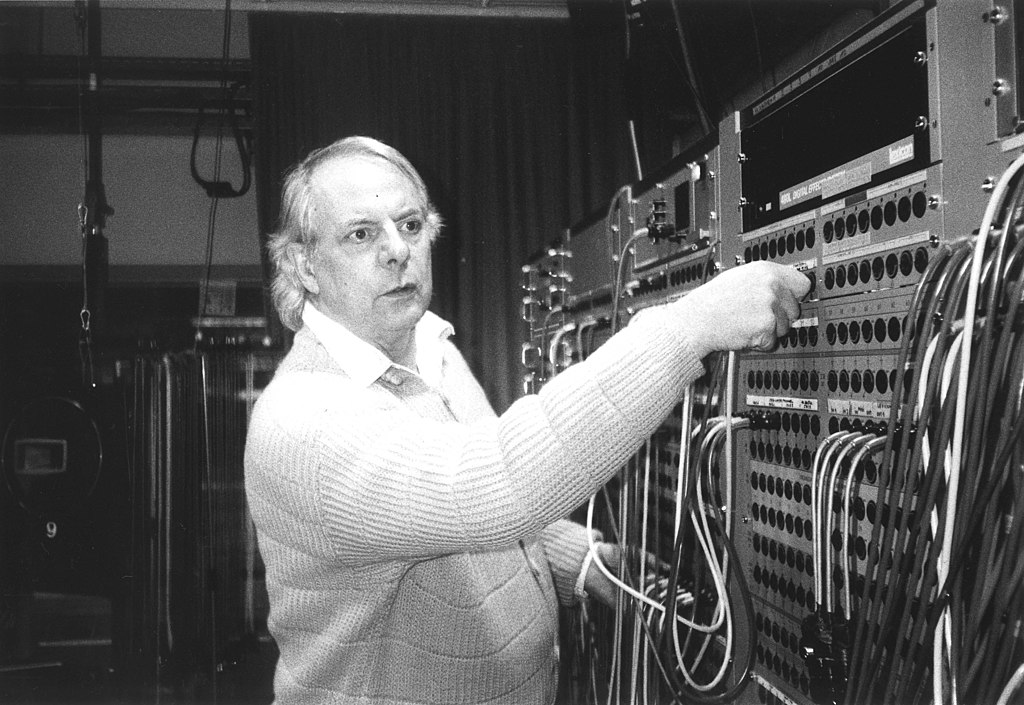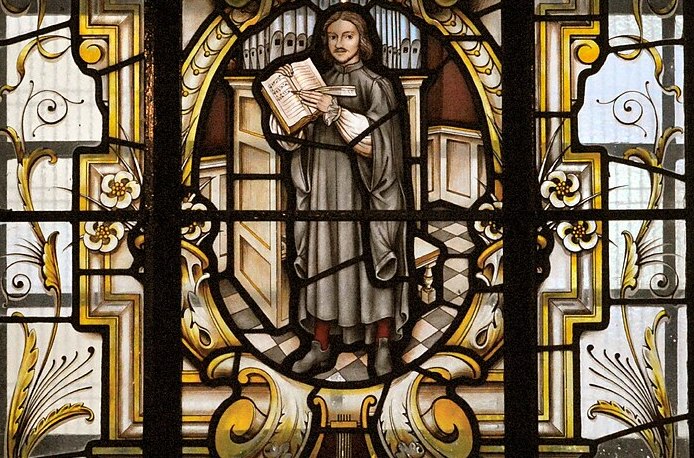Light-footed duets
Violin and accordion - a rare combination in lively, easy-to-play movements
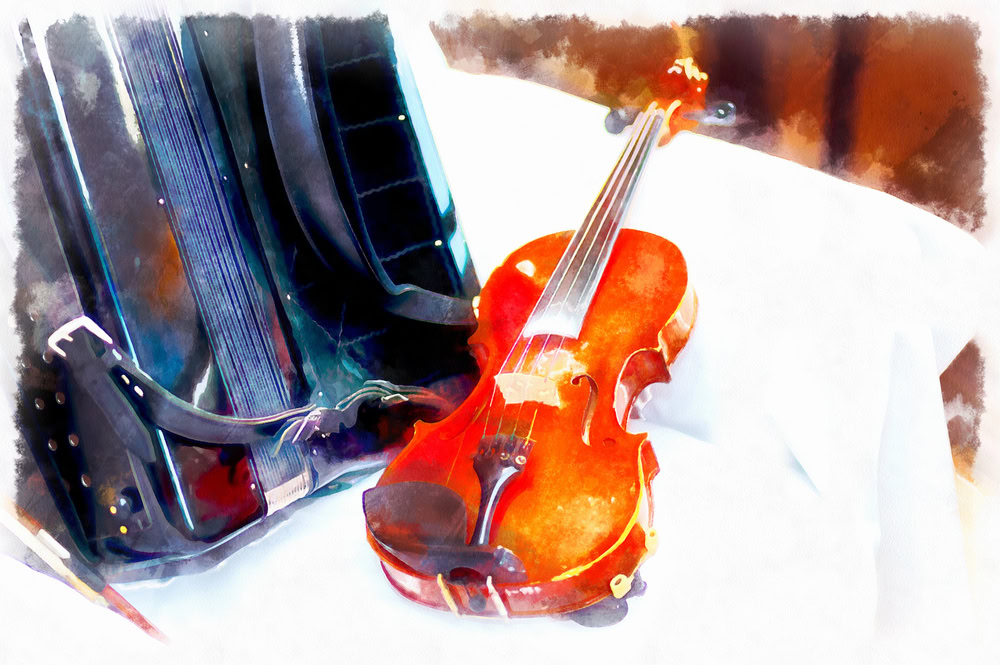
The booklet by composer, bandmaster and teacher Bruno Stöckli fills a gap for these two mobile instruments. I can already see young people happily playing these pieces as street musicians. It's good that more M-III arrangements are appearing: The accordion setting M III, manual three, allows the buttons of the left hand to sound as single notes; the notation of the second system in bass clef for the left hand therefore contains real tone movements, which encourages pupils musically more than M II, with whose setting each button press with the left hand converts a harmony symbol into a chord.
The range deliberately extends only to the lowest note of small instruments. Some of the 16 song movements are very easy to play. In most cases - unfortunately not always - the lyrics are also written under the notes. Melody and accompaniment change instruments on an equal footing, there are many variations, the accompanying figures require a wide variety of techniques, sometimes even noises, evoking atmospheric moods. The players are challenged by chamber music with rallentandi, fermatas, tempo changes and brilliant endings. Sometimes the violin is used as a banjo, sometimes it sounds like English folk, sometimes we are melancholically transported to Russia, sometimes it swings ternary, like in an American barn. The rumba goat deservedly gives the album its title: Dört äne am Bärgli is not in three-four time as usual, but in four-four time with a typical three-three-two-quaver rumble rhythm as a demanding two-minute piece.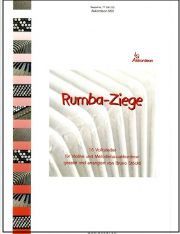
Bruno Stöckli, Rumba-Ziege, 16 folk songs for violin and melodic bass accordion, score and violin part, published by IG Akkordeon, No. 77300030, € 14.50, Musikverlag Jetelina, Durchhausen 2012






